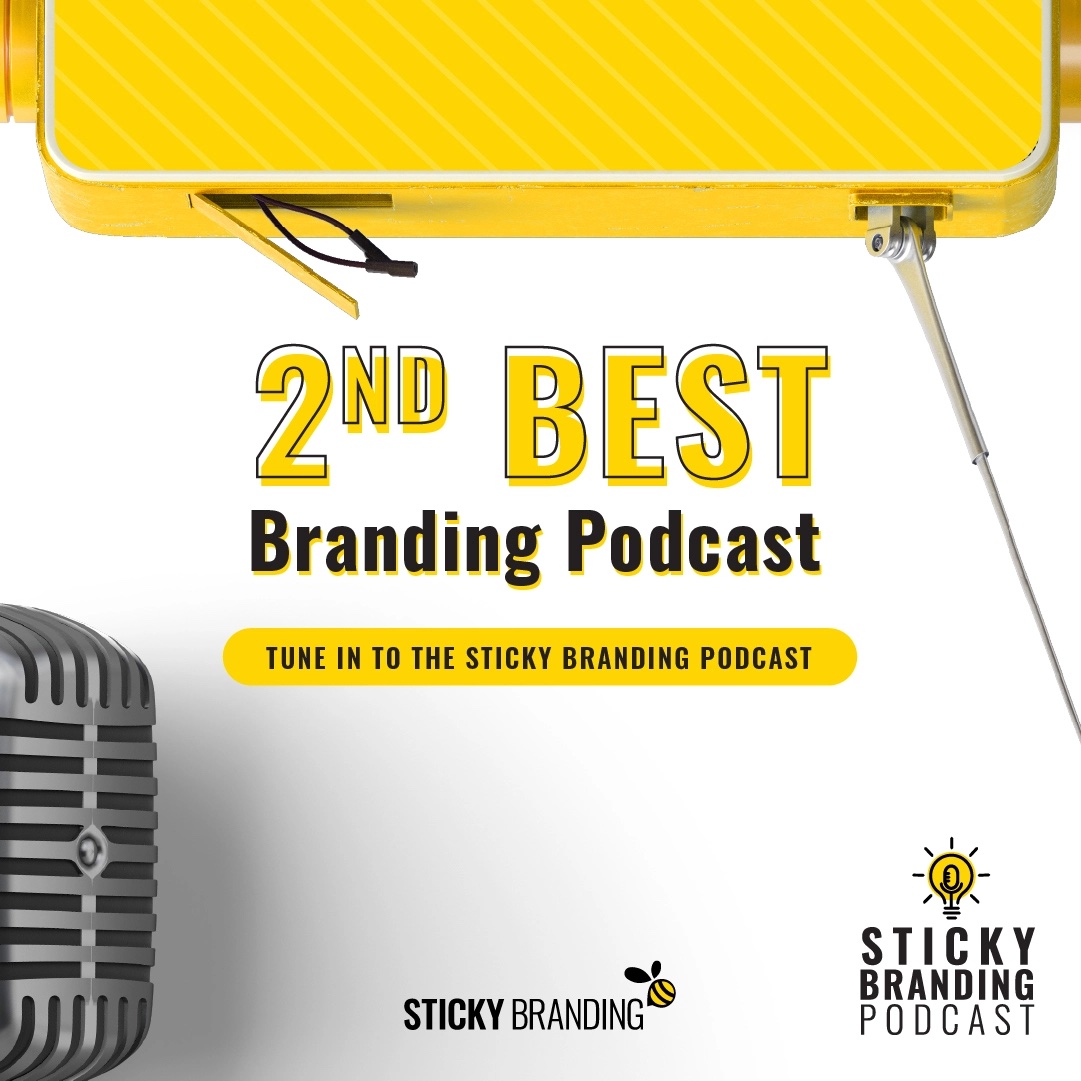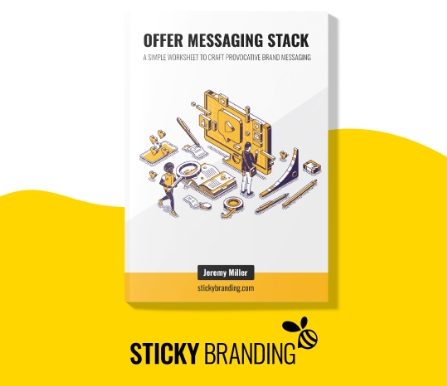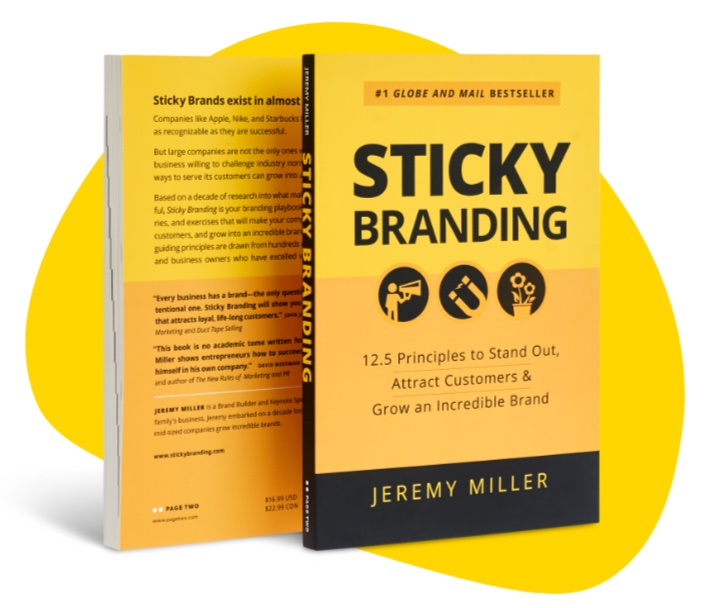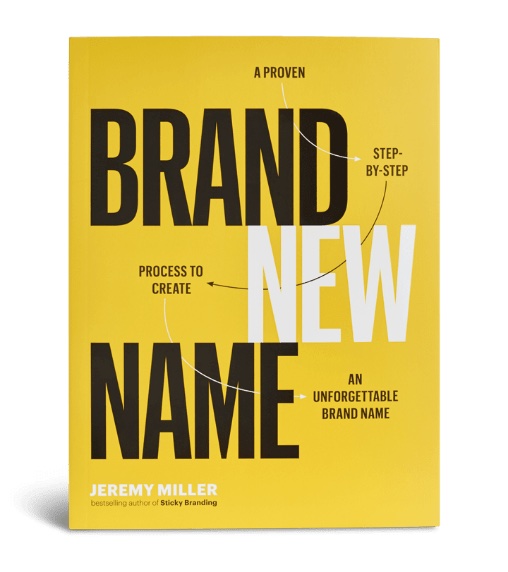The growth of the Internet has proven to be a double-edged sword for many companies. For all the positive influences the Internet, social media and mobile technologies provide companies, they also make marketing far more complicated.
I had an opportunity to share some of my thoughts on the double-edged nature of digital marketing in yesterday’s Globe & Mail. Paul Brent, the journalist, quizzed me on how sales has changed in the past decade, and what it means for companies to stand out and compete in the digital age. The topic got me thinking, and I wanted to expand about the two sides of the sword in this post.
The Positive: Democratize marketing
The growth of digital communications has leveled the playing field. Social media is free, if not virtually free. Anyone can setup a Twitter account or Facebook page, and connect with their prospects and clients. Anyone can write an article, and post it on their blog. Anyone can record a video, and share it on YouTube or Vimeo. The ability to create and publish content is remarkably easy. The only barrier is yourself.
The openness of creating and sharing content is very different from twenty years ago. Prior to the Internet, the primary channels for a company to connect with a mass audience was through TV, radio or print. They were closed networks, which meant the companies with the deepest pockets reached the most people.
Today it doesn’t matter how much money you have. If you have a clear purpose, engaging content and the will to connect with people, you can grow a substantial platform and build a highly recognized brand.
The Negative: Information overload
The problem with democratizing publishing is everyone has a soapbox. Instead of tuning into a few platforms to access information (TV, radio and print), we are inundated with channels. And worse, even more brands are vying for our attention.
Look at your Facebook stream, and notice how many people are trying to get your attention. Then scan the screen, and look at the ads and sponsored posts that are competing to get your attention too. Then flip to Twitter, email, Google, your corporate Intranet, TV, radio, iTunes, and every other place you access content. Everywhere you turn someone is trying to share something with you and capture your attention.
From a brand context, the competitive forces for marketing have exploded. You aren’t competing with companies in your backyard anymore. You’re competing globally. And you’re not competing to get your message heard amongst your direct competitors. You’re competing with everyone to capture a tiny piece of your target market’s fractured attention. It’s a cluttered mess.
What do the two sides mean?
The sword cuts both ways. Some companies are making huge strides with social media and digital marketing, while others are finding little to no benefit to the tools. What do these mixed results mean?
The more I chew on the question, the more I come to the classic consultant’s answer, “It depends.” It all depends on context:
- Who are your customers?
- How do they want to engage with you and your company?
- How can digital tools (platforms and channels) enhance and support your customer relationships?
- What are you trying to achieve?
The tools are just that, tools. They can work for you, or they can hinder you. But no matter how you slice it, the growth of the Internet, social media and mobile will influence your business. It comes down to timing and your clients’ expectations. For example, in 2000 having a website was optional, but in 2012 you’re not a business without a website. The tools are here to stay. And you can guarantee they’ll keep evolving, and the clutter will keep growing.
What’s your take?





